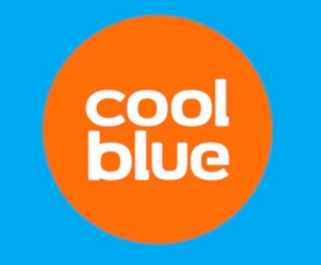Parent: What do you want to be when you grow up, Jimmy?
Jimmy: Oh boy, I would love to work in IT.
Parent: Do you even know what that means, Jimmy..?
Well Jimmy, IT might not be what it used to be, or better said: it’s dying. Well, at least in the traditional sense. IT used to be all these nerdy guys behind laptops fixing something that can’t physically be touched. Nowadays however, we’re working more towards the digitalization of everything, the Internet of things and last but not least, big data.
So, Jimmy, when you mean you want to work in IT, you actually mean that you want to facilitate the world becoming a digital one. Nowadays, almost all companies start digital, or, are shifting to (also) exist digitally. This, in turn, shifts the way companies interact with customers and partners. They even influence all five forces of Porter’s model of five forces of industry competition. What’s that Jimmy? You don’t know who Porter is? Let’s stop talking about him then.
In any case, the digitalization disrupts the way current business are set up, but also makes way for a whole new (niche-)market: the field of digitalization. In this field, mostly consultants are at work as they facilitate this transition between analog and digital.For business going digital, there are numerous advantages. For example: they stay competitive, can reach more people and they are more effective.
However Jimmy, when you grow up, chances are that there is a whole new concept regarding digitalization. The only thing that never stops innovating is innovation itself. If we look back to when the Industrial Revolution took place, back in 1820 and 1840, or even closer, the start of world wide web in the 1980’s and comparing it to the world as we know it now, a lot has changed. From being able to digitally access the yellow papers to making millions of dollars on a website in just thirty years.
Can you imagine, Jimmy, what the world would look like in thirty years?
Sources:
http://www.balboapress.com/WriterWisdom/Publishing/FiveReasonsToGoDigital.aspx



